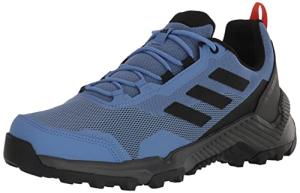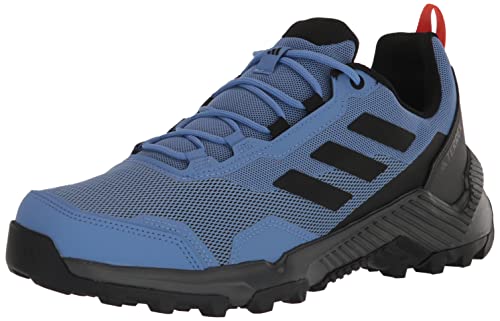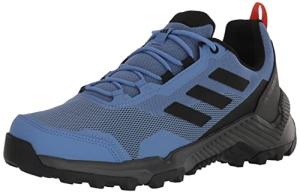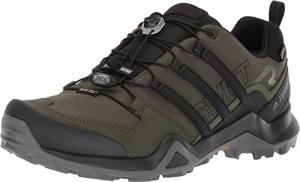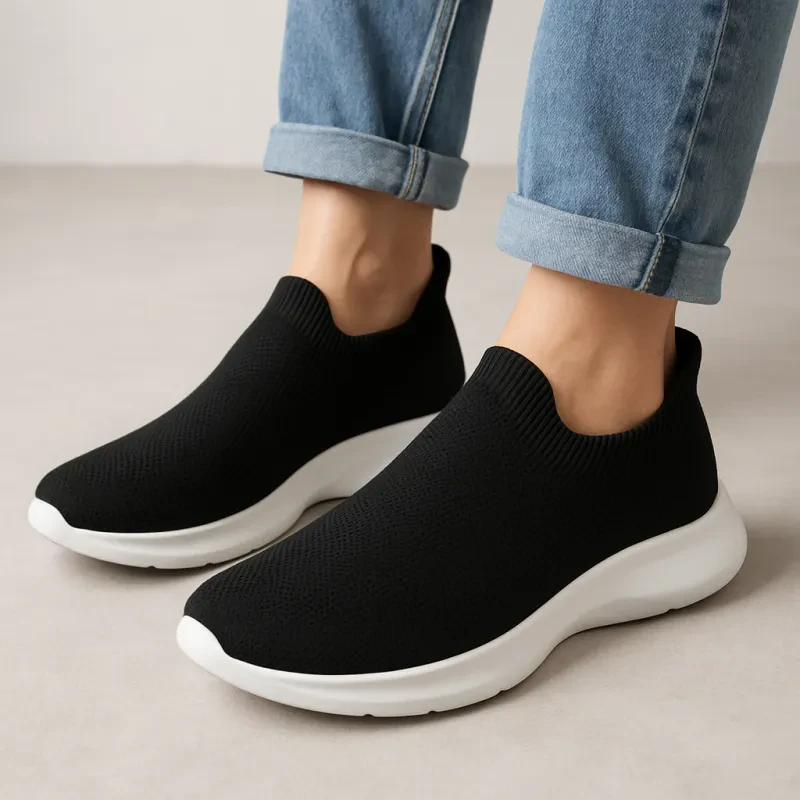Introduction:
Playing tennis in cold weather presents unique challenges, but with the right gear, players can maintain both comfort and performance on the court.
Dressing for tennis in the cold involves layering up with materials that keep the body warm while allowing for flexibility and movement.
Understanding how to choose the right clothing and accessories can help players enjoy the game even in chilly conditions.

Essential gear such as thermal layers, proper headwear, and specialized gloves can perform wonders in retaining body heat.
From thermal leggings to fleece headbands, having the right items not only helps in staying warm but also enhances performance by preventing distractions caused by the cold.
Being prepared can make all the difference between a successful match and a miserable experience.
Whether it's about making strategic choices in fabric or selecting the best type of gloves, tennis players need to know what works for them.
With these eight essential tips, anyone can discover how to gear up properly for cold weather, ensuring that their game remains sharp and enjoyable.
Key Takeaways
- Choosing the right clothing layers is crucial for warmth and mobility.
- Specialized accessories enhance comfort and performance on cold days.
- Proper preparation allows players to focus on their game without weather distractions.
Understanding the Cold Weather Impact on Tennis Performance
Cold weather can significantly affect how players perform on the court.
Players may need to adapt their game strategies and prioritize warm-ups to ensure they stay at their best.
Here are two key areas to consider.
Adapting Your Game Strategy
Cold weather tends to slow down ball speed and alters how players hit. The tennis ball does not travel as fast through the air in colder conditions. This means that players may need to adjust their strategy.
To adapt, players can focus on higher percentage shots.
They should consider using topspin to keep the ball in play and create depth. Also, positioning is crucial—players might want to stay closer to the baseline.
Tips for Strategy Adjustments:
- Use more topspin for better control.
- Stay near the baseline to respond to slower balls.
- Incorporate varied shot selection to confuse opponents.
Importance of Warm-up and Cool-down
A proper warm-up is essential in cold weather.
It helps increase muscle temperature and blood flow, which is crucial for maintaining flexibility and mobility.
When temperatures drop, muscles can tighten, leading to injuries.
Players should engage in dynamic stretching and light aerobic exercises before hitting. Dynamic stretches prepare the body for movement and enhance performance.
Warm-up Suggestions:
- Start with light jogging for 5-10 minutes.
- Include dynamic stretches like leg swings and arm circles.
- Focus on stretching major muscle groups involved in tennis.
After the game, cooling down is important as well. It helps the body transition back to resting state and reduces muscle stiffness. Players should do static stretches to maintain flexibility.
Essential Tennis Attire for Low Temperatures

Choosing the right attire for tennis in cold weather is important for warmth and performance.
Selecting proper base layers, thermal garments, and breathable fabrics can greatly enhance comfort during play.
Selecting Appropriate Base Layers
Base layers are crucial when dressing for cold weather tennis. These garments provide the first line of insulation against the chill.
Players should look for moisture-wicking fabric to help keep sweat away from the skin.
A good base layer should fit snugly without being restrictive. This allows for freedom of movement, essential for serving and quick lateral movements. Long-sleeve tops are ideal for both men and women.
For women, a fitted thermal top can offer warmth while maintaining style. For men, compression shirts are effective, as they keep muscles warm.
Choosing the right base layer sets a solid foundation for the rest of the outfit.
The Role of Thermal Leggings and Jackets
Thermal leggings are a popular choice for many players in cold weather. These leggings help retain heat while allowing for flexibility during movement.
Men often choose thermal pants or long shorts with compression leggings underneath for added warmth. Women might prefer a winter tennis skirt paired with thermal leggings for extra coverage.
A tennis jacket is also essential. Look for jackets that provide insulation but remain lightweight.
Features like adjustable hoods and zippered pockets can add practicality. Opting for waterproof options keeps players dry during light rain or snow.
Importance of Breathable Fabrics
When playing tennis in cold weather, breathability is key.
Fabrics that allow moisture to escape prevent players from feeling clammy and cold.
Materials should be specially designed to create a balance between insulation and ventilation. This is where options like polyester and merino wool shine.
While they trap heat, they also allow sweat to evaporate.
Look for garments labeled as breathable, which enhance airflow.
This is critical during intense matches when body heat increases. Keeping dry is essential for overall comfort and performance on the court.
Choosing the Right Tennis Accessories for Cold Weather
In cold weather, selecting the right accessories enhances comfort and performance. Key items include protective eyewear and hand warmers. Understanding their benefits guides players in making smart choices.
Protective Eyewear Considerations
When playing tennis in cold conditions, visibility is crucial.
Polarized sunglasses are ideal as they reduce glare from the sun and enhance clarity on the court. They help players track the ball without squinting.
Choosing eyewear with UV protection is essential. This feature safeguards eyes from harmful rays, even in chilly weather. Opt for wraparound styles to keep the wind out.
Also, consider anti-fog coatings.
Cold air can cause lenses to mist up, reducing visibility while playing. These coatings keep the view clear, allowing players to focus on their game.
Advantages of Neck Warmers and Gloves
Neck warmers are excellent for retaining body heat. They protect the neck and throat from chilly winds, which can distract during play.
Soft, moisture-wicking materials are best for comfort.
Gloves are crucial for maintaining hand warmth and grip.
Tennis gloves designed for cold weather often use insulated materials. These gloves should offer flexibility for quick actions without losing warmth.
Opting for mittens can be another choice. They keep fingers together, promoting warmth. However, they may limit dexterity.
Finding the right balance between warmth and finger mobility is key for effective play.
Advanced Tennis Gear for Enhanced Play

Choosing the right gear helps players perform better in cold weather. Advanced materials can make a significant difference in comfort and effectiveness while playing.
The Importance of Moisture-Wicking Materials
Moisture-wicking materials are essential for keeping players dry.
These fabrics pull sweat away from the skin to the surface, where it evaporates. This process keeps the body cooler and helps avoid chills.
Players should look for shirts and bottoms made from synthetic blends, as they often work best. Materials like polyester and nylon are common choices for base layers and activewear.
Wearing moisture-wicking gear can improve focus during matches.
If players stay dry, they can concentrate on their technique rather than discomfort. Therefore, investing in quality moisture-wicking apparel is important for success on the court.
Maintaining Performance and Health

Playing tennis in cold weather requires attention to hydration, nutrition, and proper gear to keep the body functioning well.
With the right preparations, players can maintain their performance and protect their health.
Hydration and Nutrition
Staying hydrated is crucial, even in cold weather.
The body loses moisture through breathing and sweat, so it’s important to drink water regularly.
Players should aim to consume at least 8-10 ounces of water before and after playing.
Nutrition plays a vital role too.
Eating a balanced meal with carbohydrates and proteins before playing can supply the energy needed.
Foods like whole grains, fruits, and lean proteins are excellent choices. For quick energy, snacks like bananas or granola bars can provide a boost during breaks.
Physical Precautions and Gear Maintenance
It’s important to keep the body warm to maintain performance.
Wearing moisture-wicking base layers can help regulate body temperature.
These layers should be complemented with insulated jackets that allow for movement.
Hand warmers can be a great addition. They can be placed in pockets or gloves to keep fingers warm and agile.
Ventilation is key.
Players should choose clothing that balances insulation with breathability, preventing overheating.
Regularly checking gear for wear and tear can also prevent discomfort during play.
Frequently Asked Questions

When playing tennis in cold weather, choosing the right gear and strategies is crucial.
Players often have questions about materials, equipment, and methods to stay comfortable and maintain performance.
What are the best materials for tennis apparel in colder climates?
For cold weather, materials like thermal fabrics, fleece, and moisture-wicking textiles are preferred. These fabrics provide warmth while allowing flexibility and breathability.
Base layers made from synthetic materials help to keep players warm without adding bulk.
How do you maintain grip on a tennis racket in cold weather?
To maintain grip on a racket in cold conditions, players can use thicker grip tape or overgrips designed for wet or cold conditions. Keeping hands warm and ensuring they are dry also helps to maintain control during play.
What type of tennis shoes are recommended for cold weather play?
Tennis shoes with good insulation and grip are recommended for cold weather. Shoes with a durable outsole can provide traction on indoor or outdoor courts and help keep players steady during matches.
Is there any specific cold-weather tennis gear recommended for women?
Women should consider wearing long-sleeve tops, thermal leggings, and headbands to keep warm. Specialized thermal tops with built-in insulation can also be beneficial for maintaining body heat without restricting movement.
How do you prevent tennis strings from breaking in low temperatures?
To prevent string breakage in cold weather, using thicker strings or those made from more durable materials is helpful. Additionally, allowing the racket to warm up indoors before playing can reduce the risk of breaking strings during matches.
What are effective strategies for staying warm during outdoor tennis matches in winter?
Layering clothing is essential for staying warm. Players should start with a moisture-wicking base layer. Then, add an insulating layer and finish with a wind-resistant outer layer.
Staying active and moving frequently will help maintain body warmth during play.

